
A system dynamicist specializing it's application for Macroeconomic Forecasting. I am the Chief Research Officer at Modern Macro Technologies
How to get URL link on X (Twitter) App


https://twitter.com/JesusFerna7026/status/1994464610922238065
 They say: Equilibrium isn't stable, it can explode.
They say: Equilibrium isn't stable, it can explode.
 DSGE models boil the entire economy down to 3 equations:
DSGE models boil the entire economy down to 3 equations:
 The textbook story starts with loanable funds: households save, banks lend those savings, and interest rates tidy everything up.
The textbook story starts with loanable funds: households save, banks lend those savings, and interest rates tidy everything up.
 Start with old-school neoclassical DSGE.
Start with old-school neoclassical DSGE.
 The fallacious story goes like this: banks take deposits, keep 10% as reserves, and lend out the rest. That fraction supposedly limits how much credit they can create.
The fallacious story goes like this: banks take deposits, keep 10% as reserves, and lend out the rest. That fraction supposedly limits how much credit they can create.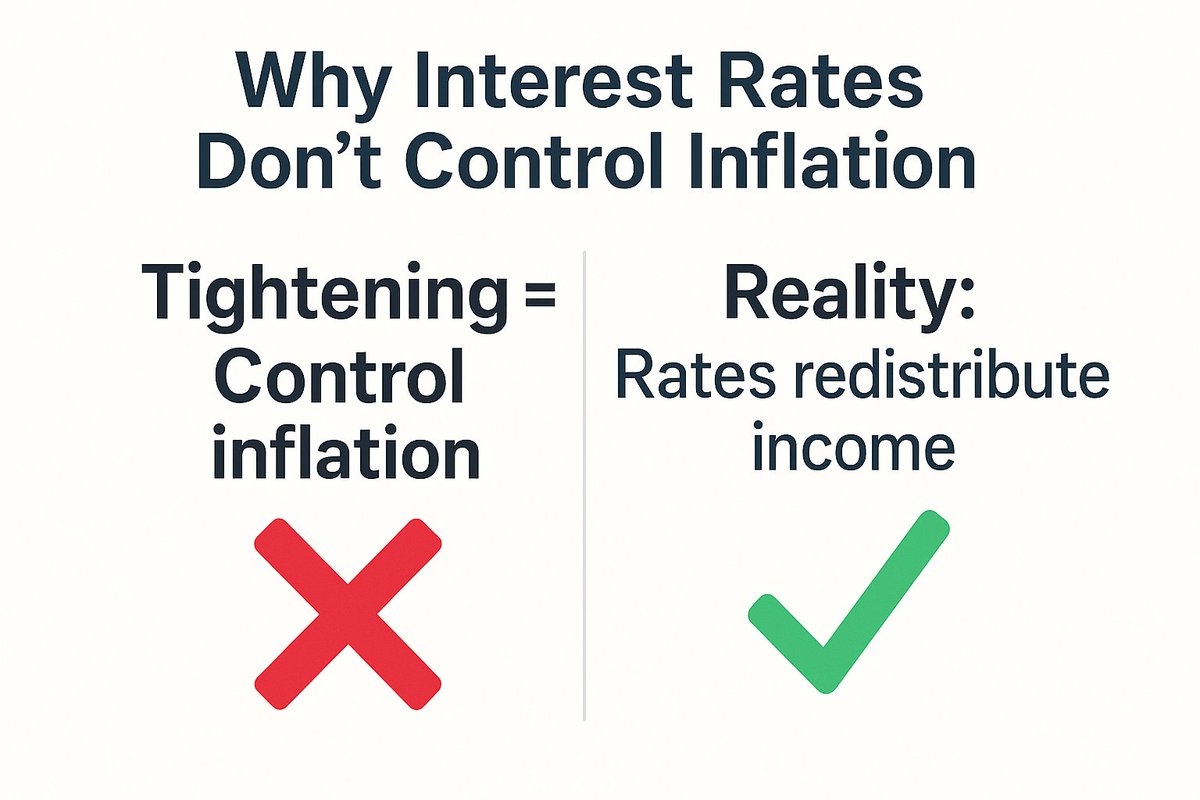
 The textbook story: higher rates → less borrowing → lower demand → lower inflation.
The textbook story: higher rates → less borrowing → lower demand → lower inflation.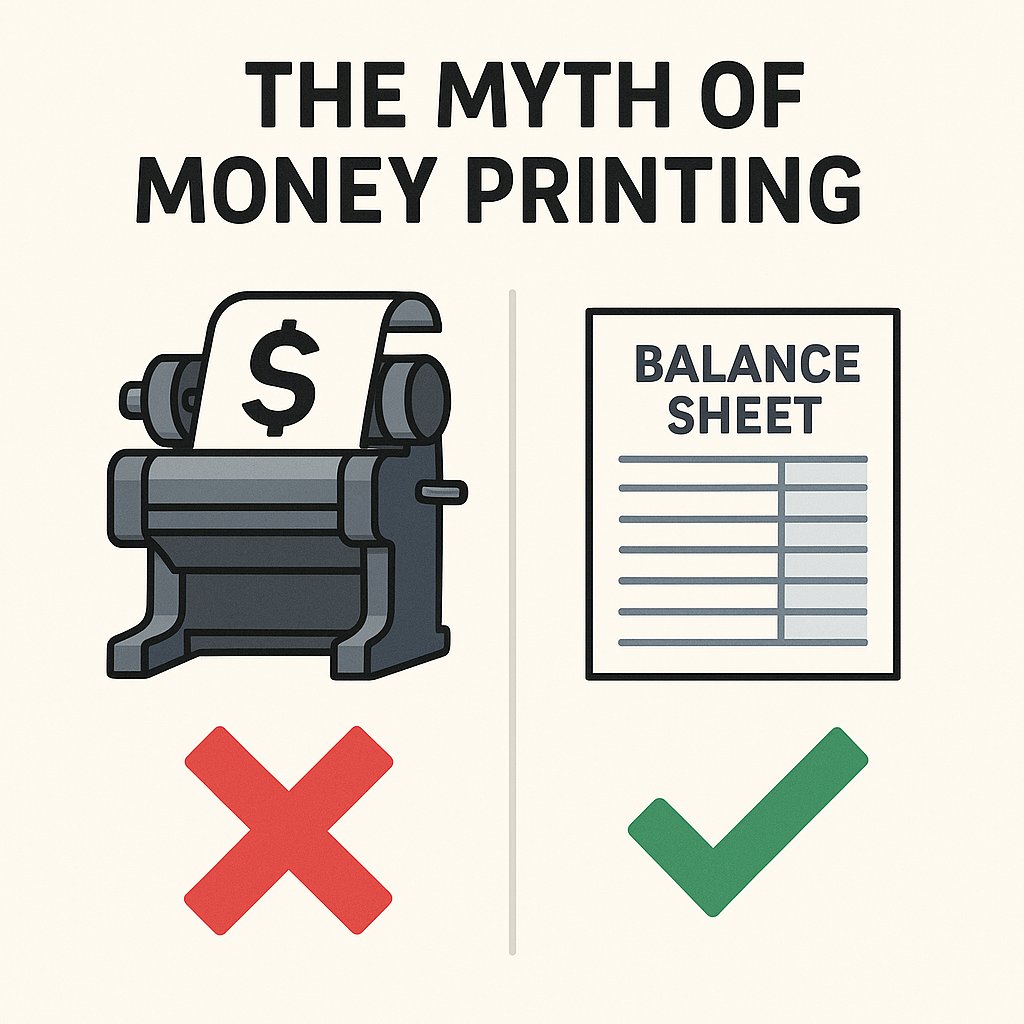
 Story: gov't spends → prints money → inflation.
Story: gov't spends → prints money → inflation.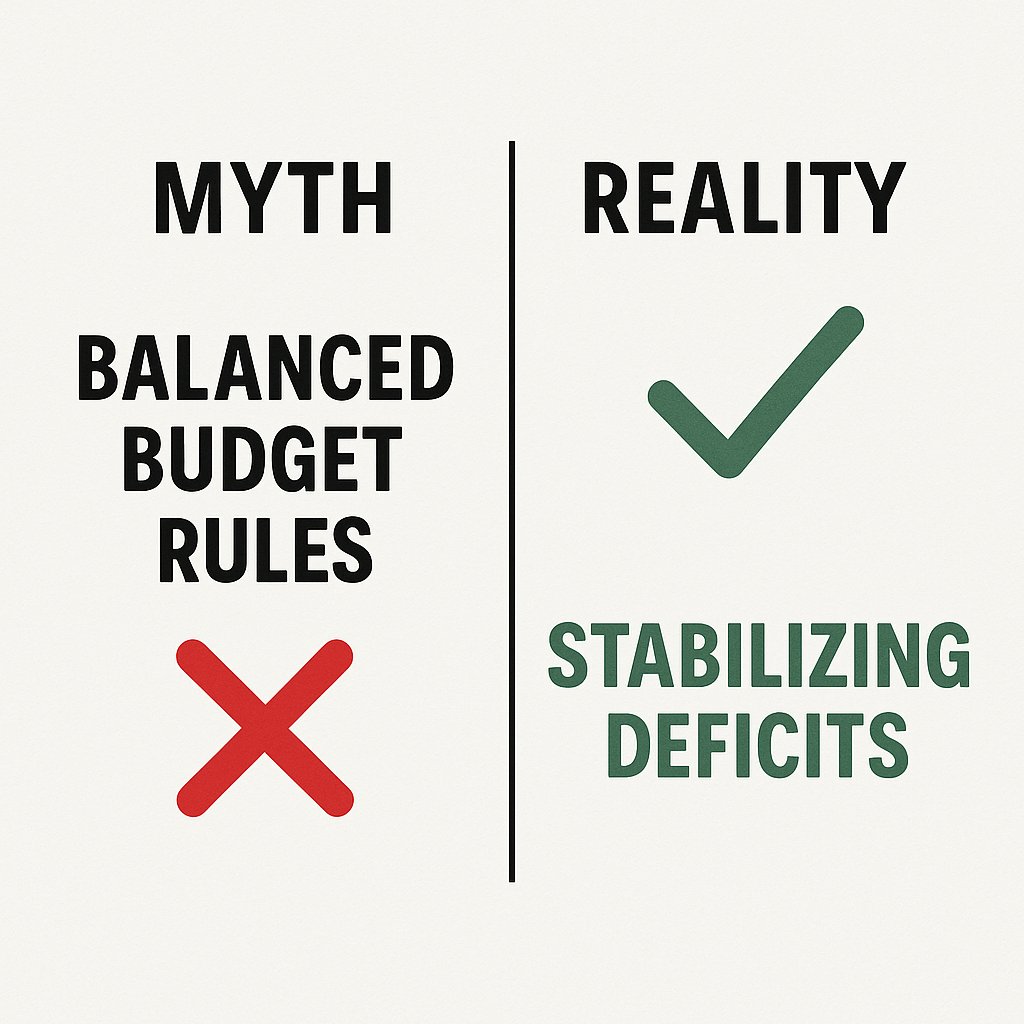
 The idea is simple: governments should not spend more than they tax.
The idea is simple: governments should not spend more than they tax.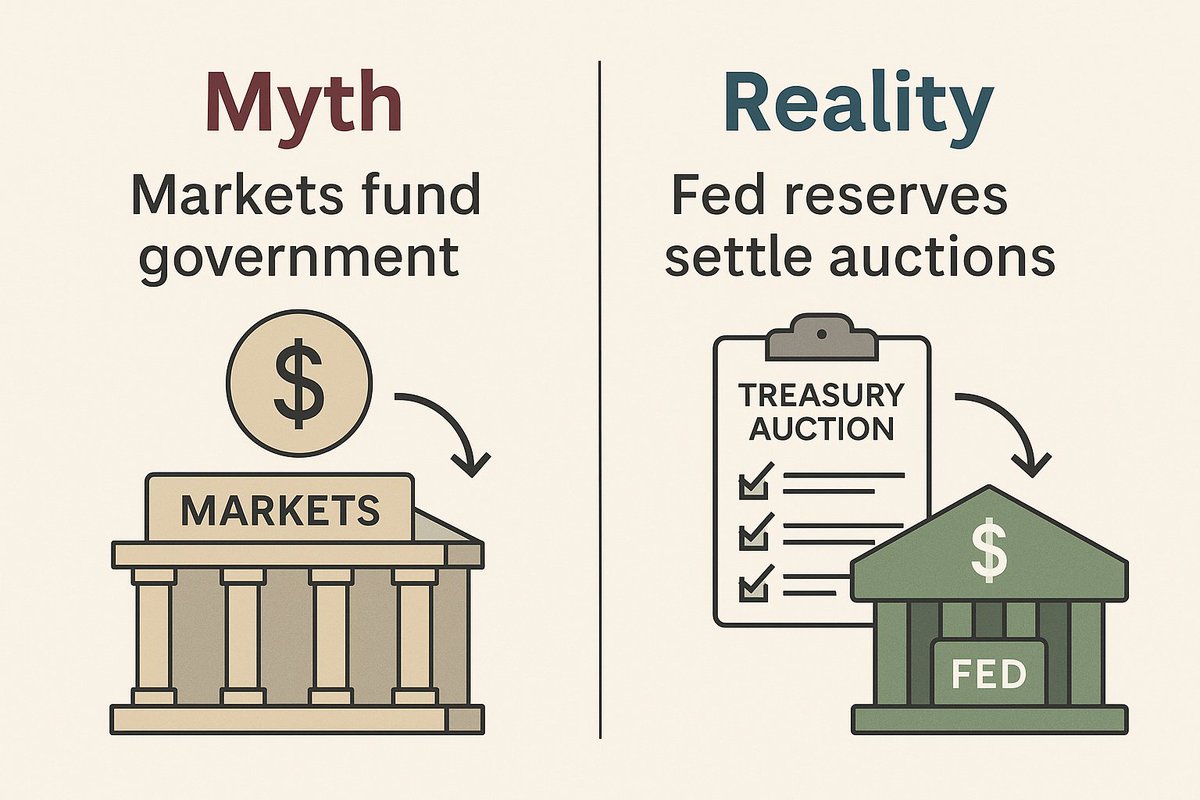
 Every week, the Treasury issues new securities at auction.
Every week, the Treasury issues new securities at auction.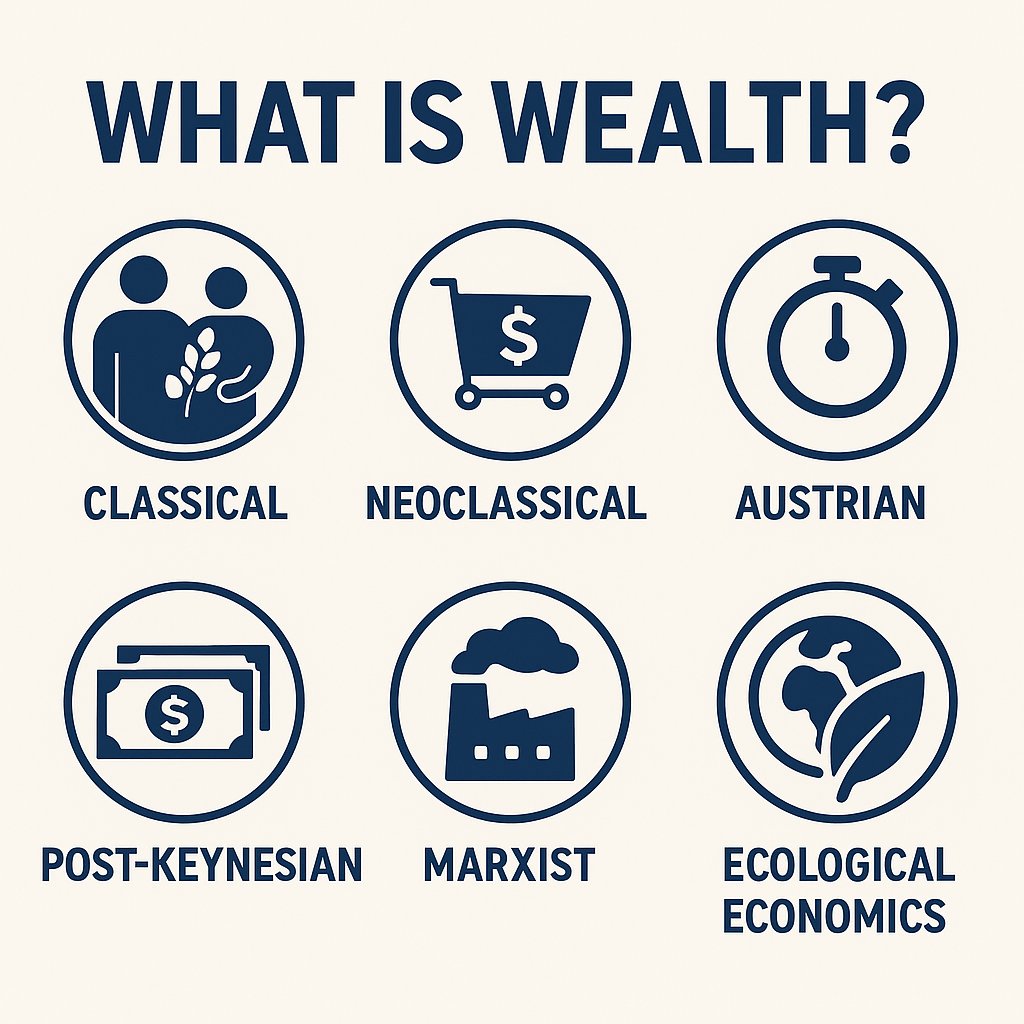
 Classical economics (Smith, Ricardo):
Classical economics (Smith, Ricardo):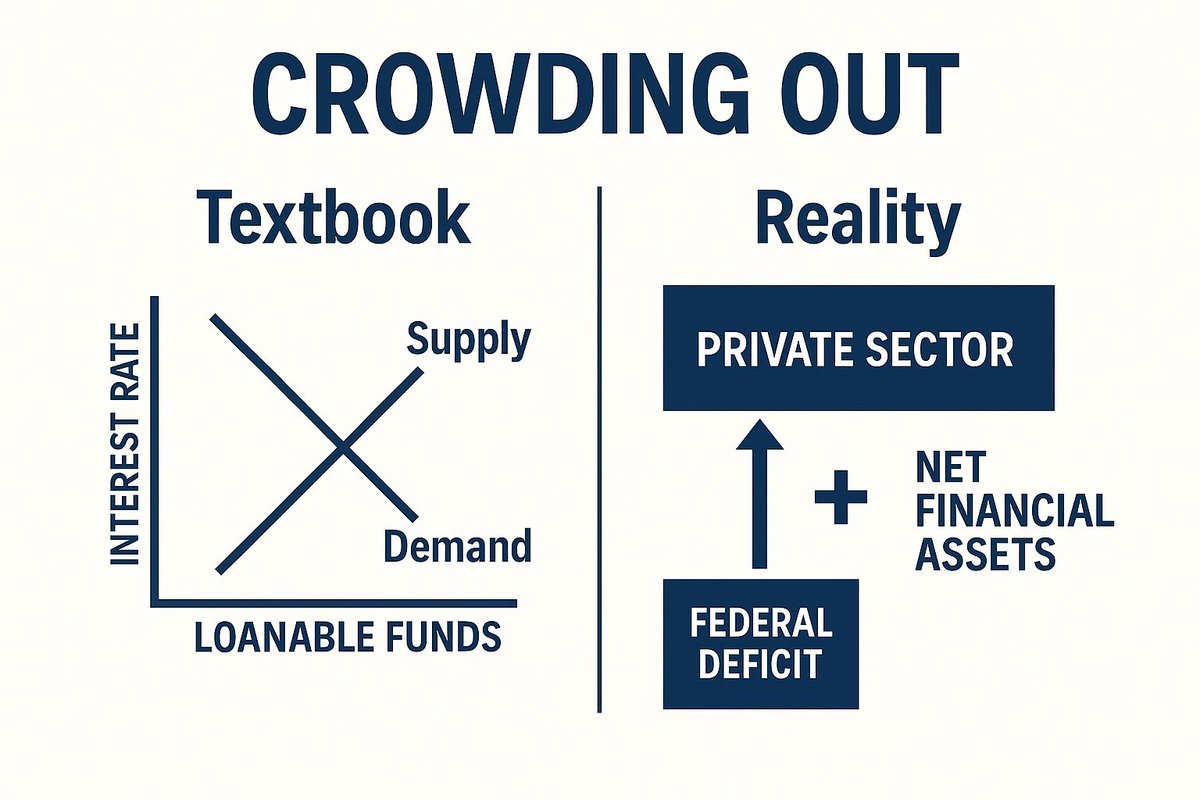
 The textbook story:
The textbook story: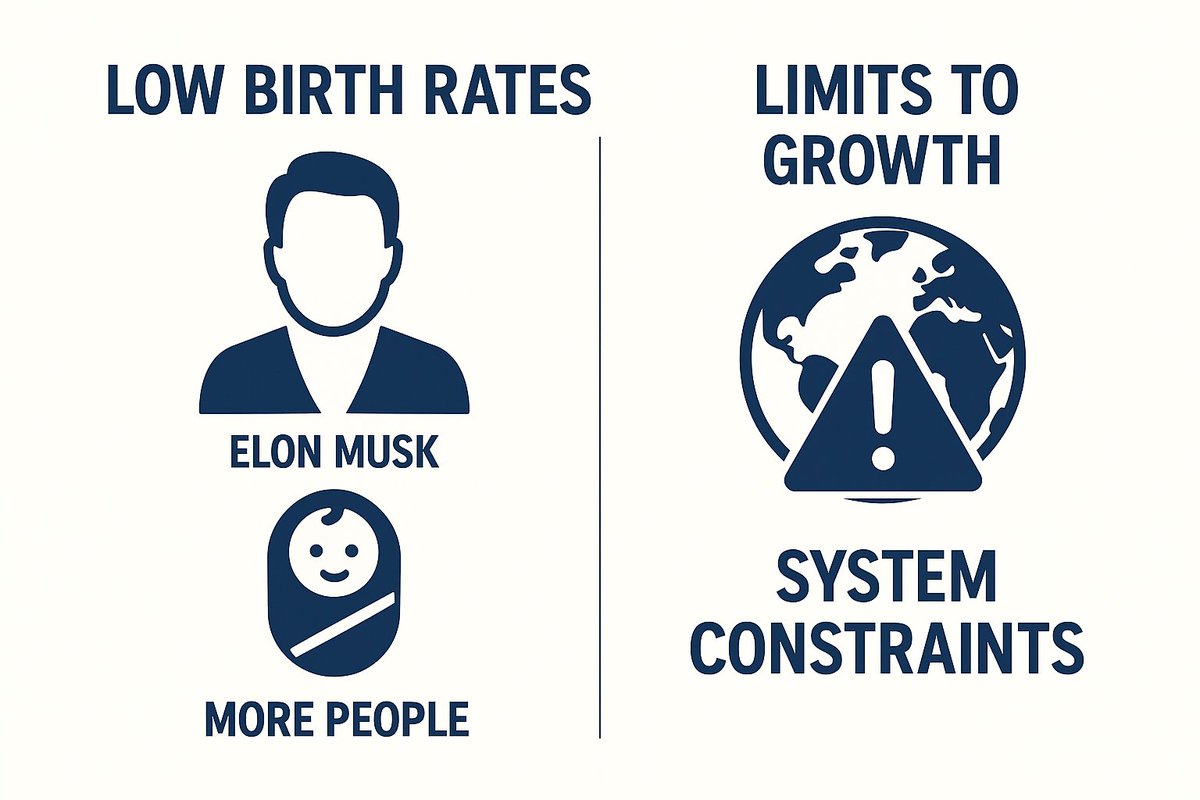
https://twitter.com/elonmusk/status/1962680097816879208
 Musk’s story: if population falls, economies collapse.
Musk’s story: if population falls, economies collapse.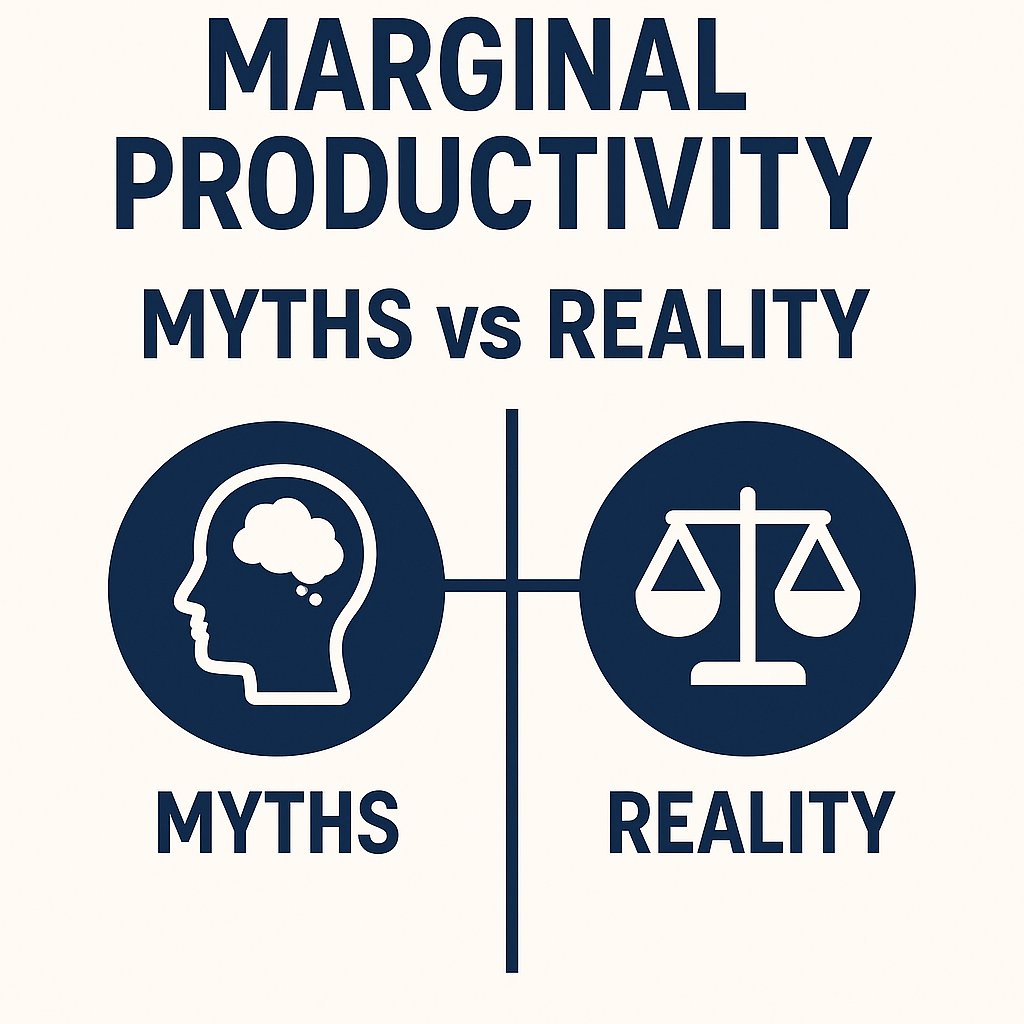
 Since 1978:
Since 1978: 
 No real-world industry looks like this.
No real-world industry looks like this.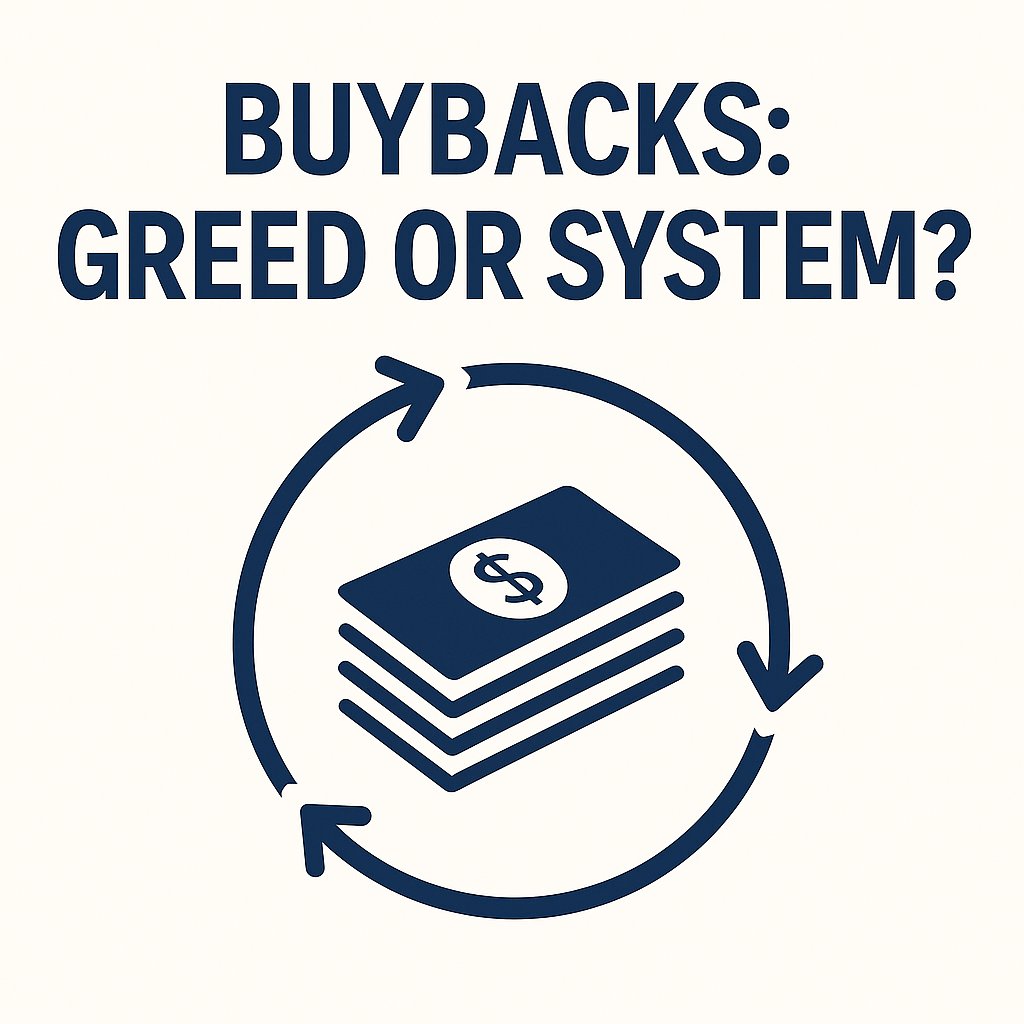
 Buybacks spark endless debate: are they corporate greed, or rational capital use?
Buybacks spark endless debate: are they corporate greed, or rational capital use?
 Wicksell’s idea: there exists some "natural" interest rate where saving = investment and inflation is stable.
Wicksell’s idea: there exists some "natural" interest rate where saving = investment and inflation is stable.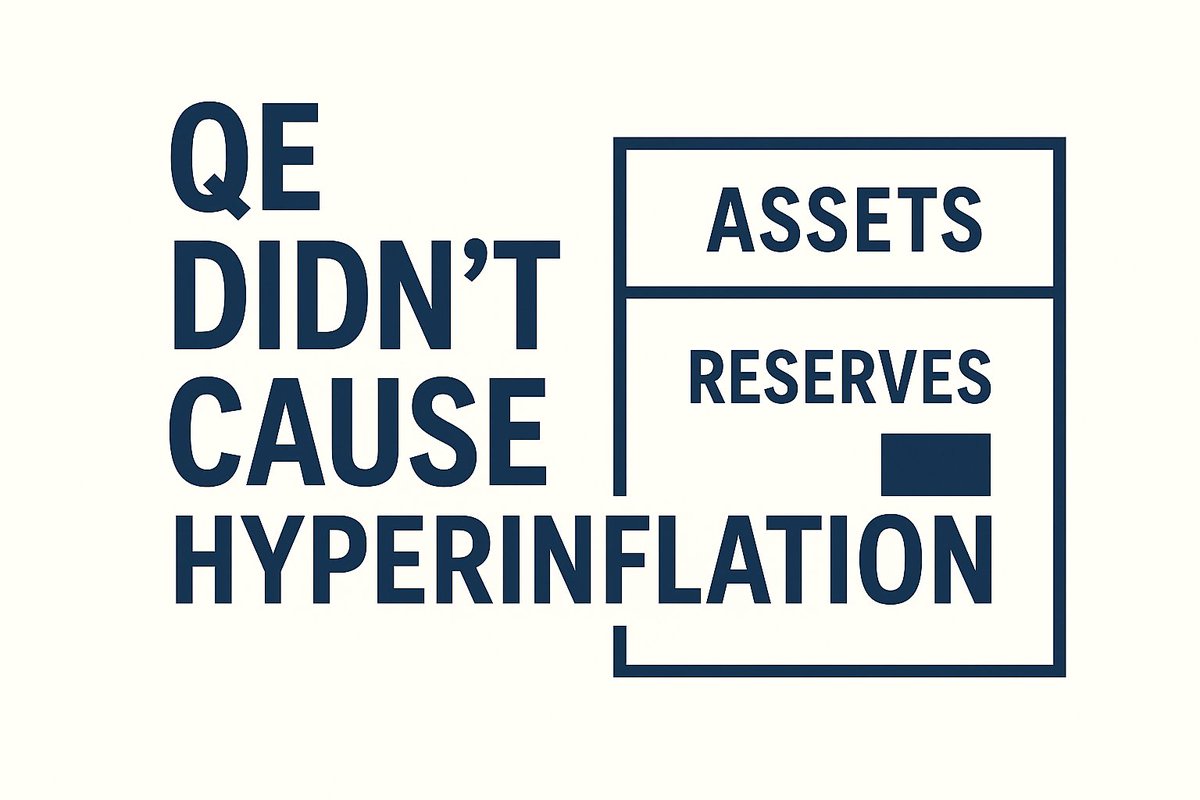
 Because reserves don’t flow into the real economy.
Because reserves don’t flow into the real economy.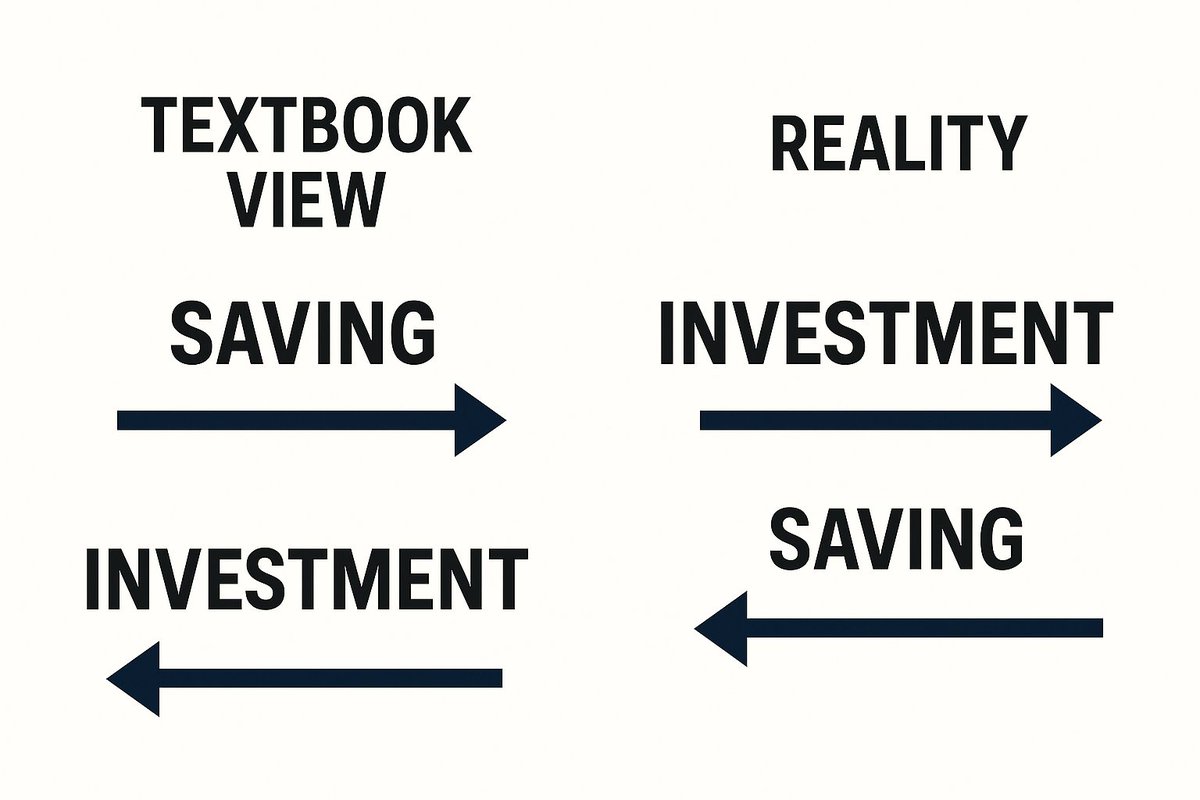
 The Goodwin growth cycle shows it:
The Goodwin growth cycle shows it:
 1929, Japan’s 1990s bust, the 2008 GFC, all preceded by surging private debt-to-GDP.
1929, Japan’s 1990s bust, the 2008 GFC, all preceded by surging private debt-to-GDP.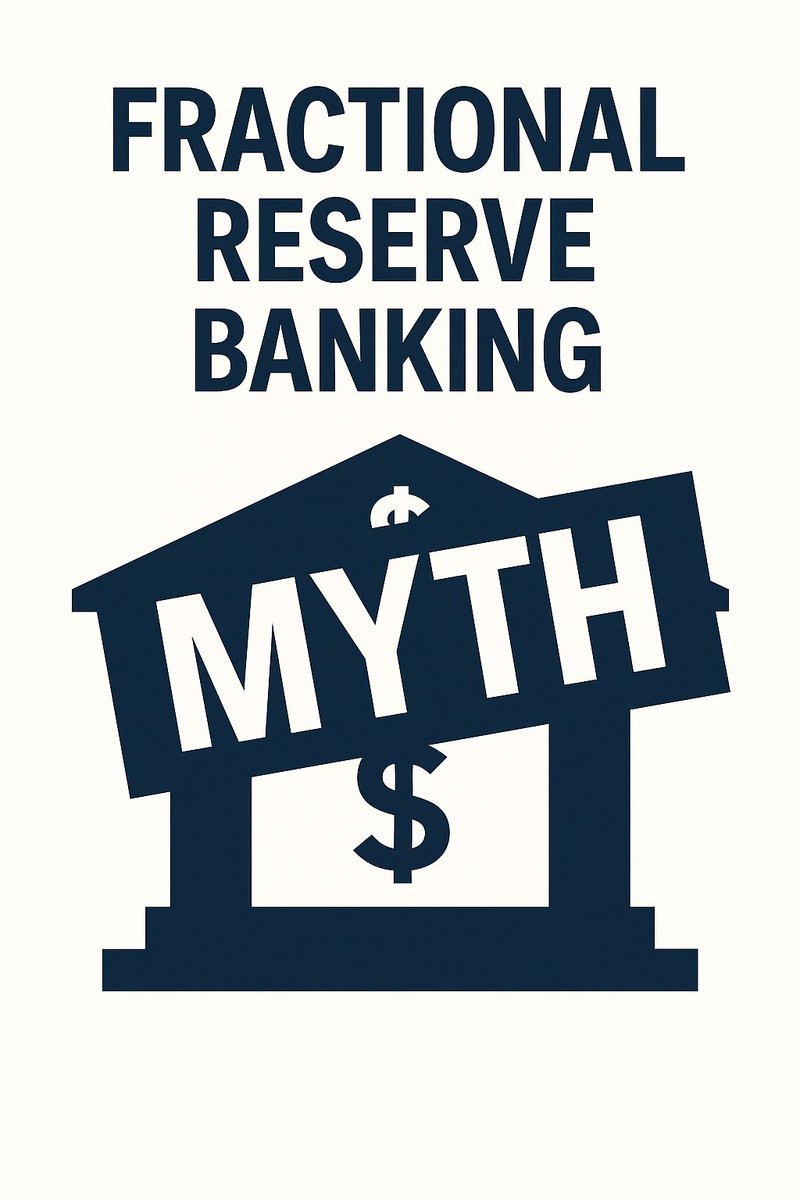
 Traditionally, it meant banks held a fixed % of deposits in reserve (say 10%) and lent out the rest.
Traditionally, it meant banks held a fixed % of deposits in reserve (say 10%) and lent out the rest.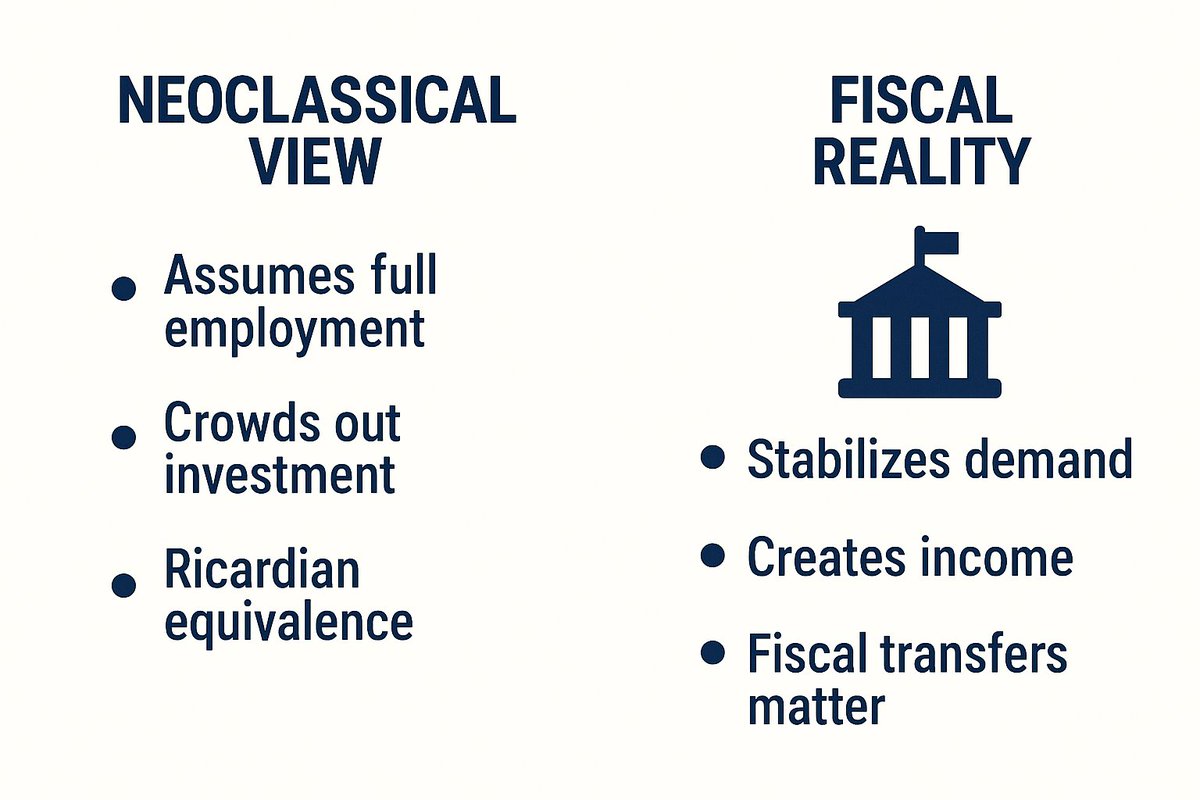
 Assumption: the economy naturally returns to full employment.
Assumption: the economy naturally returns to full employment.